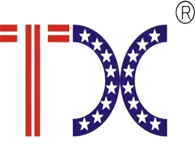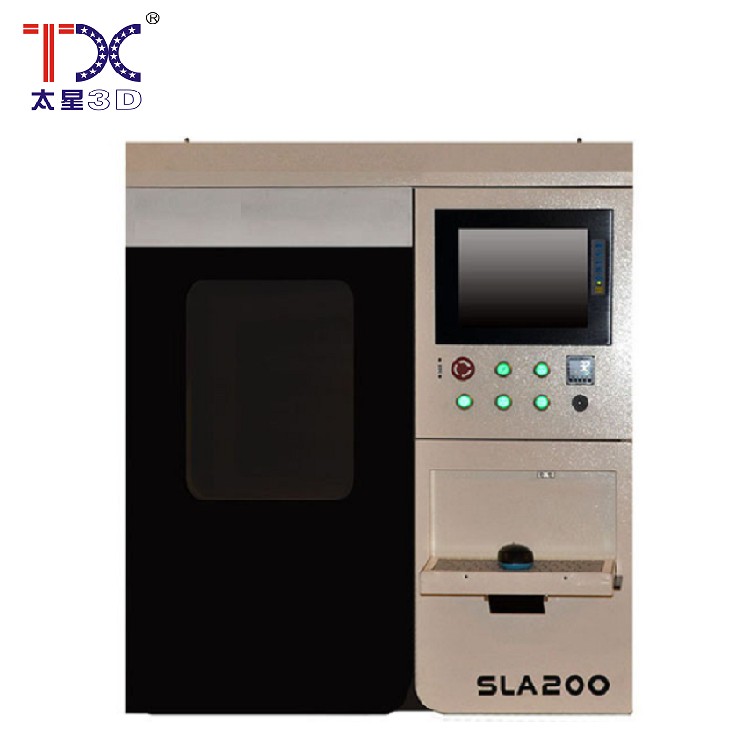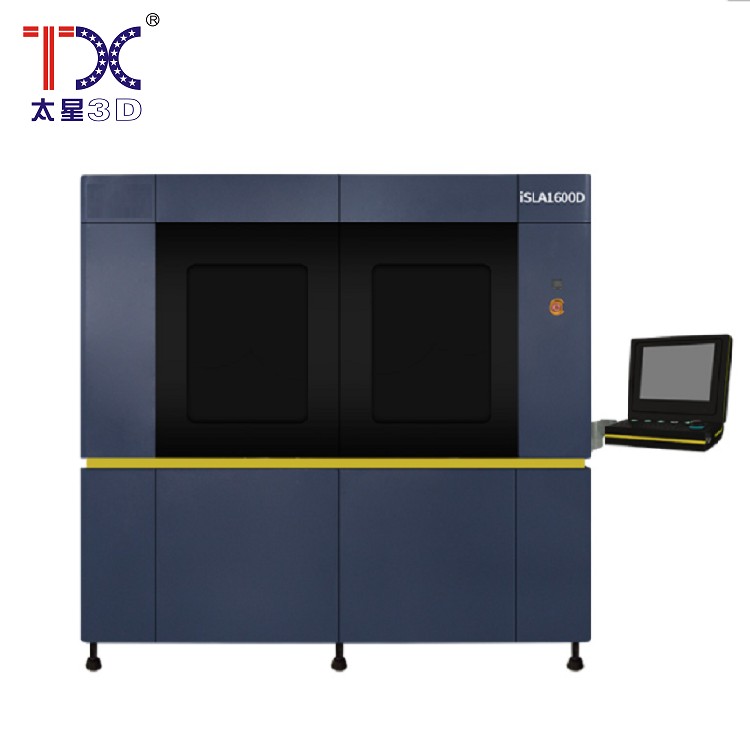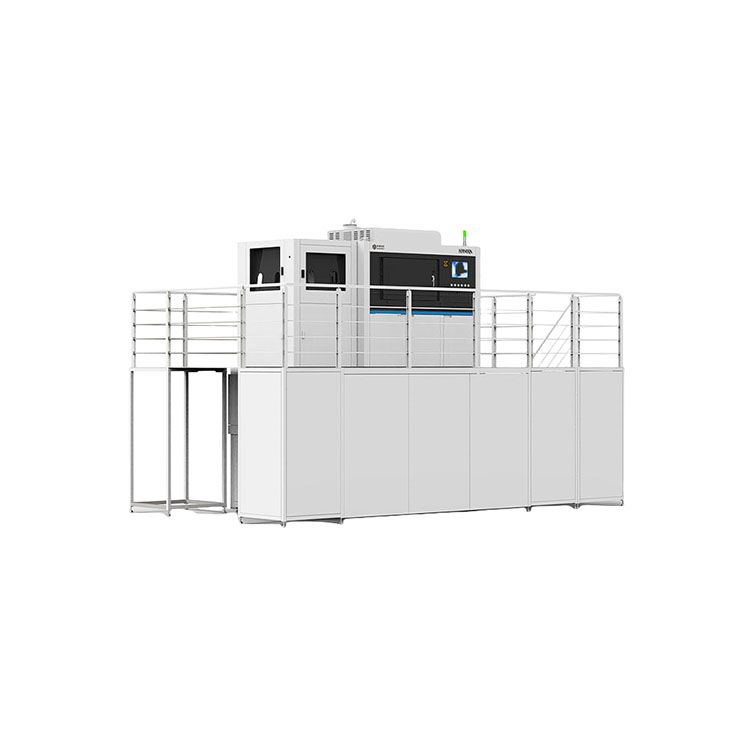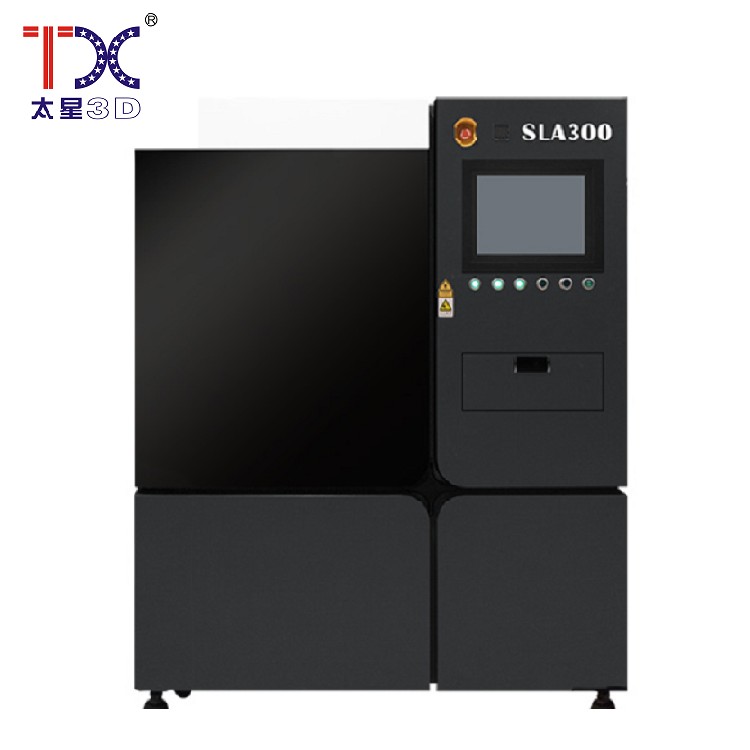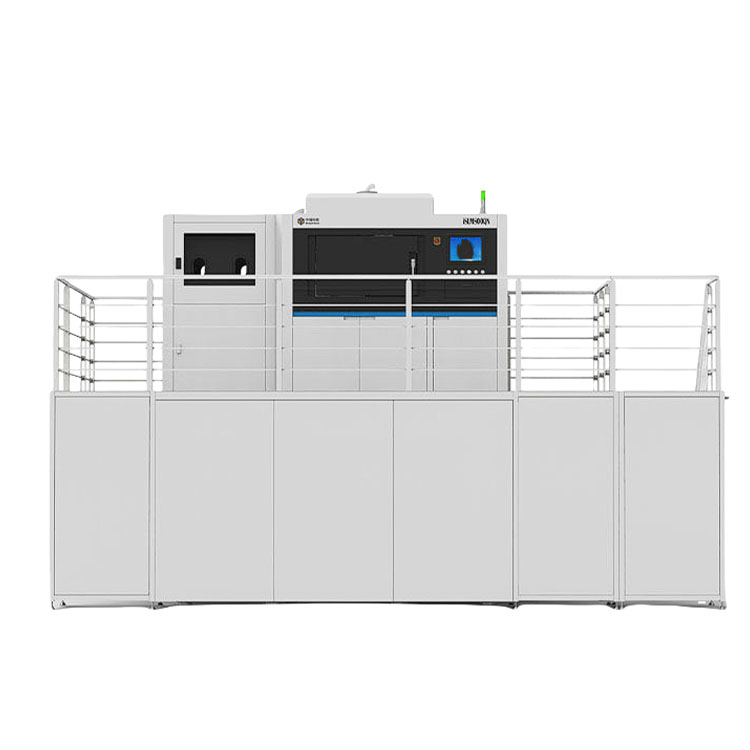
3D printing providers in China
The search for a reliable supplier of solutions for the safety of 3D printing in China can be a difficult task. This leadership will help you navigate the market, determine the key selection criteria and find the best suppliers who ensure the safety and quality of your products.
Introduction to the safety of 3D printing and the Chinese market
The 3D printing (also known as additive production) is becoming increasingly common in various industries. However, with an increase in the popularity of 3D printing, risks associated with the safety of materials, equipment and data are increasing. China, as one of the largest manufacturers of equipment and materials for 3D printing, offers a wide selection3D printing security suppliers in China. It is important to carefully choose partners in order to ensure the compliance of products with international security standards and quality.
Criteria for choosing a reliable supplier of solutions for 3D printing security
When choosing3D printing supplier in ChinaThe following key criteria must be taken into account:
1. Experience and reputation
Learn about the company's experience in the market. How many years do they work in the field of 3D printing and safety? What are their reviews from other customers? Positive reputation and experience are important reliability indicators3D printing supplier in China.
2. Certification and compliance with standards
Make sure3D printing providers in ChinaThey have the necessary certificates of compliance with international security standards, such as ISO, CE, ROHS and others. This guarantees that the proposed solutions meet safety and quality requirements.
3. Assortment of products and services
3D printing providers in Chinashould offer a wide range of products and services, including:
- Safe materials for 3D printing (for example, materials with low emissions).
- Ventilation and filtration systems for removing harmful substances that are released during 3D printing.
- Personal protective equipment (PPE) for 3D printer operators.
- Software for data protection and prevent unauthorized access to models.
- Training and consultation services in the field of safety 3D printing.
4. Technical support and maintenance
The presence of qualified technical support and service is a critical factor.3D printing providers in ChinaThey must provide operational assistance in solving technical problems and provide timely equipment maintenance.
5. Price and payment conditions
Compare prices from different3D printing security suppliers in Chinabut do not focus only on the lowest price. Make sure that the proposed price corresponds to the quality of products and services. Discuss the terms of payment and the possibility of receiving discounts.
TOP-53D printing security suppliers in China(examples)
Below are examples of companies that can offer solutions for the safety of 3D printing in China (not a rating, is provided only for example and requires verification):
- LLC Syamin Taisin mechanical electric(Xiamen Taixin Mechanical & Electrical Co., Ltd) - specializes in the production of equipment for 3D printing and offers solutions for air and ventilation filtering. It is possible to cooperate with them to optimize the supply of components for 3D printing. The company's websitehttps://www.3dcnc-mechanical.ru/.
- Suzhou Flybear 3D Technology Co., Ltd. - Offers a wide range of 3D printers and consumables, including safe materials with a low level of emissions.
- Shenzhen Crealy 3D Technology Co., Ltd. - One of the largest manufacturers of 3D printers in China, offers solutions for air and ventilation filtering.
- Raise3D - specializes in the production of industrial 3D printers and offers solutions to ensure safety in production.
- SHINING 3D Tech Co., Ltd. -develops and produces 3D scanners and 3D printers, and also offers solutions to protect data and prevent unauthorized access to models.
Important:Before you make a decision, conduct a thorough study of each company, request a commercial offer and receive consultation of specialists.
Safe materials for 3D printing
The choice of safe materials for 3D printing is an important aspect of security. Some materials can distinguish harmful substances during printing. Consider examples of safe materials:
Pla (polylactide)
PLA is a biodegradable thermoplastic obtained from renewable resources, such as corn starch or sugarcane. It is considered one of the safest materials for 3D printing due to the low level of emissions and the lack of a pungent odor.
ABS (acrylonitrilbutadianstyrole)
Although ABS is a more durable and heat -resistant material than PLA, it can distinguish a small amount of styrene during printing. To work with ABS, it is recommended to use air ventilation and air filtration systems.
Petg (polyethyleneterftalatlath glycol)
Petg combines the strength of ABS and ease of use of PLA. It has good chemical resistance and low shrinkage, which makes it an excellent choice for a wide range of applications.
PA (polyamide)
Polyamide, also known as nylon, is a strong and wear -resistant material, which is widely used in industry. When printing polyamide, it is recommended to use air ventilation and air filtration systems.
Ventilation and filtering systems for 3D printing
Ventilation and filtration systems are necessary for removing harmful substances that are released in the 3D printing process. They help protect the health of operators and ensure safe working conditions. There are several types of ventilation and filtering systems:
Local exhaust ventilation (LEV)
LEV systems are installed directly above the 3D printer and capture harmful substances before they spread in the air. They are effective for removing vapors, dust and other pollutants.
Hepa filters
Hepa filters (High-Efficiency Particulate Air) are able to capture the smallest particles in size up to 0.3 micrometer, including bacteria, viruses and toxic dust. They are widely used in air filtering systems for 3D printing.
Activated coal filters
Activated carbon filters effectively remove smells and pairs of organic substances, such as styrene, which is released during ABS printing. They are often used in combination with HEPA filters.
Personal protective equipment (PPE)
Operators of 3D printers must use personal protective equipment (PPE) to prevent contact with harmful substances and protection against injuries. PPEs include:
- Protective glasses or front shields to protect the eyes from dust and spray.
- Respirators or masks to protect the respiratory system from vapors and dust.
- Gloves to protect the skin from contact with chemicals and hot surfaces.
- Workworm for protection against pollution and injuries.
Data protection software
Data protection is an important aspect of 3D printing security, especially when working with confidential models. There are several software solutions that help protect data from unauthorized access:
- Conservation of data to protect against interception and theft of information.
- Access control to restrict access to models and data only by authorized users.
- Water signs to protect copyright and prevent unauthorized copying of models.
- Monitoring and audit systems to track user actions and identify potential security threats.
Conclusion
The choice is reliable3D printing supplier in ChinaRequires a thorough analysis and accounting of many factors. We hope that this leadership will help you make the right choice and ensure safe and effective work with 3D printing.
AppropriateProducts
Corresponding products
The best soldproducts
The best -selling products-
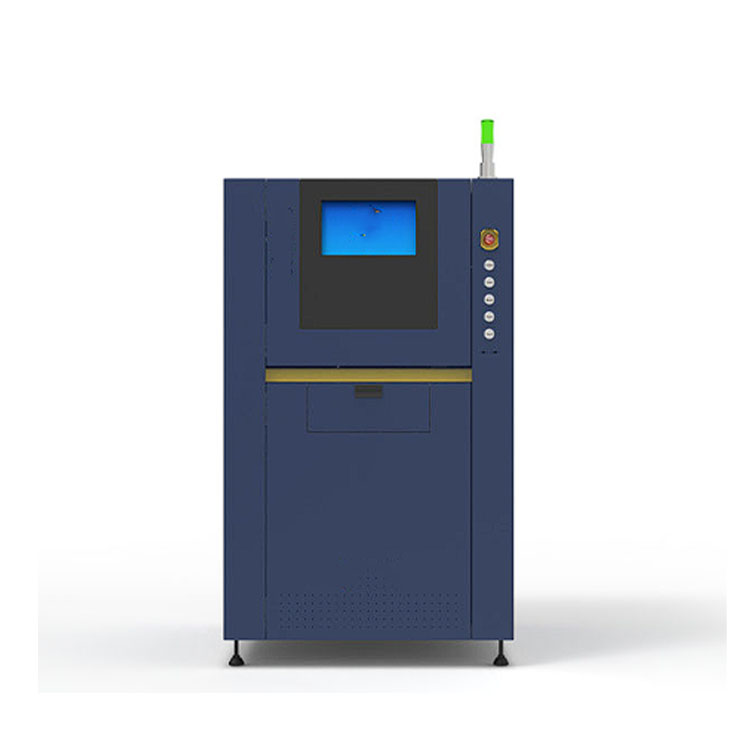 Taisin Metal 3D printer SLM160
Taisin Metal 3D printer SLM160 -
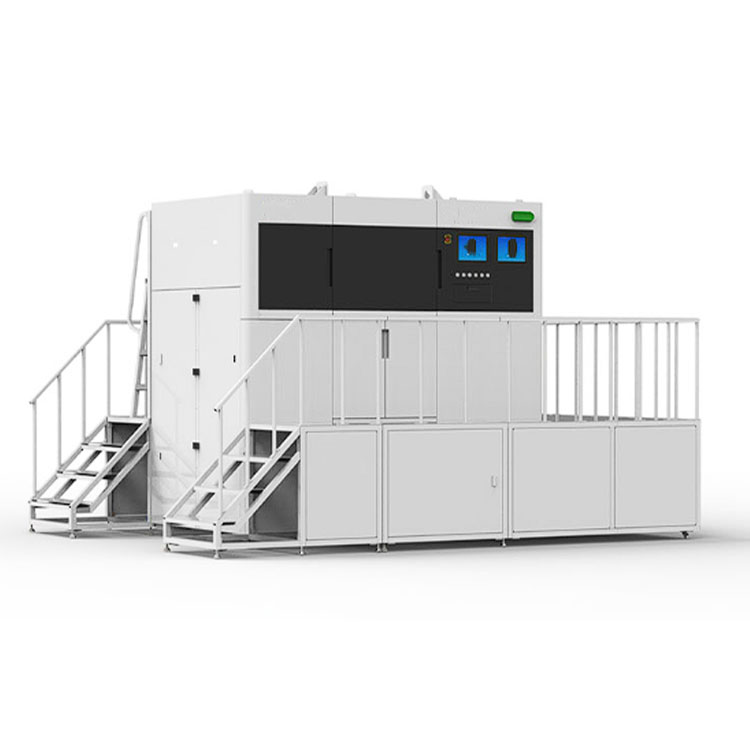 Taisin Metal 3D printer ISLM500D
Taisin Metal 3D printer ISLM500D -
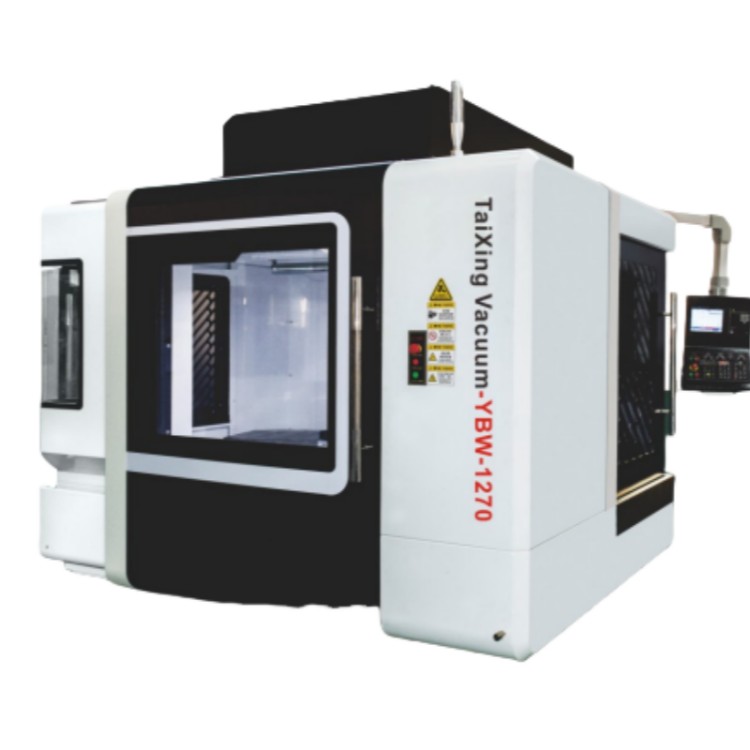 Taisin horizontal processing center YBM-1270
Taisin horizontal processing center YBM-1270 -
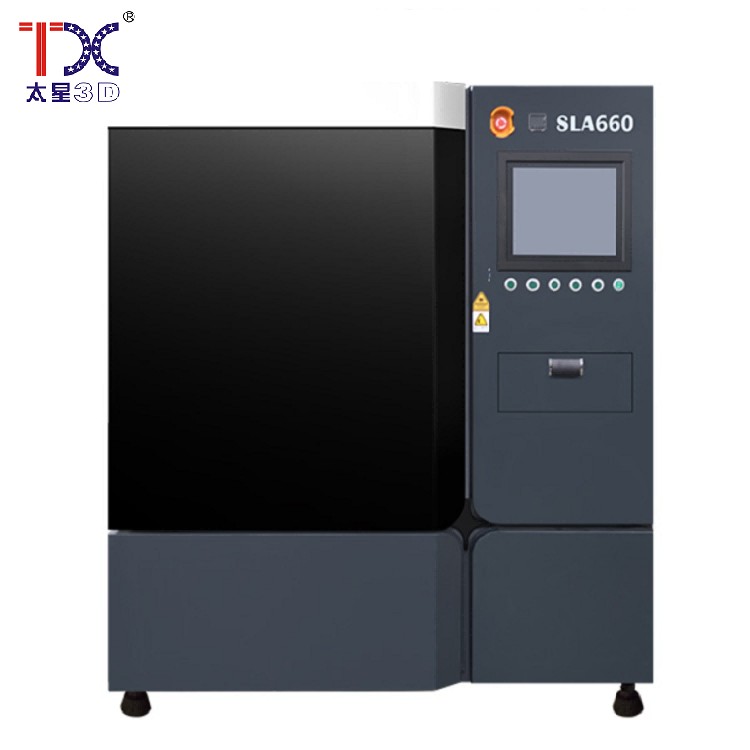 Taisin Light-adopted 3D printer SLA660
Taisin Light-adopted 3D printer SLA660 -
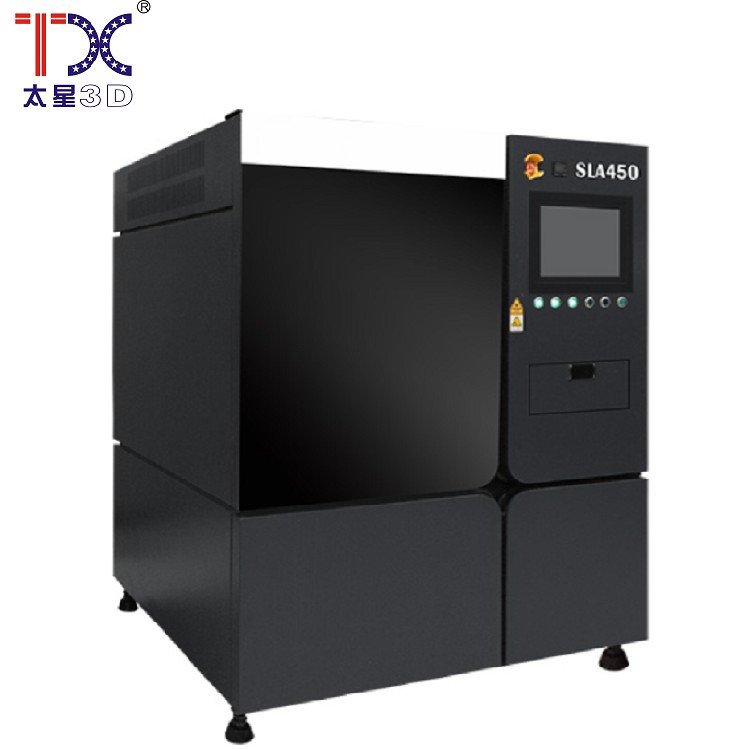 Taisin Light-adoptive 3D printer SLA450
Taisin Light-adoptive 3D printer SLA450 -
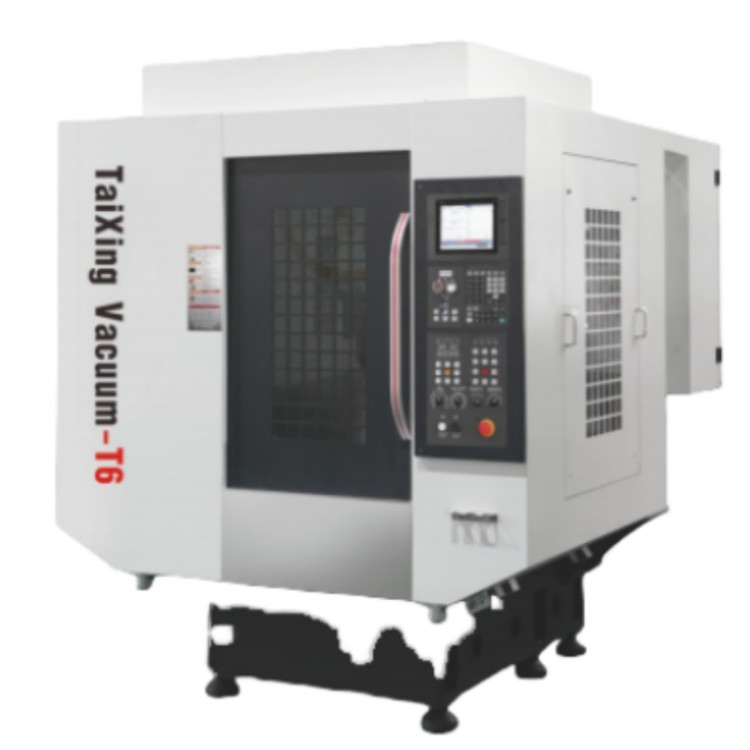 Taisin high-speed drilling and threaded machine TX-T6
Taisin high-speed drilling and threaded machine TX-T6 -
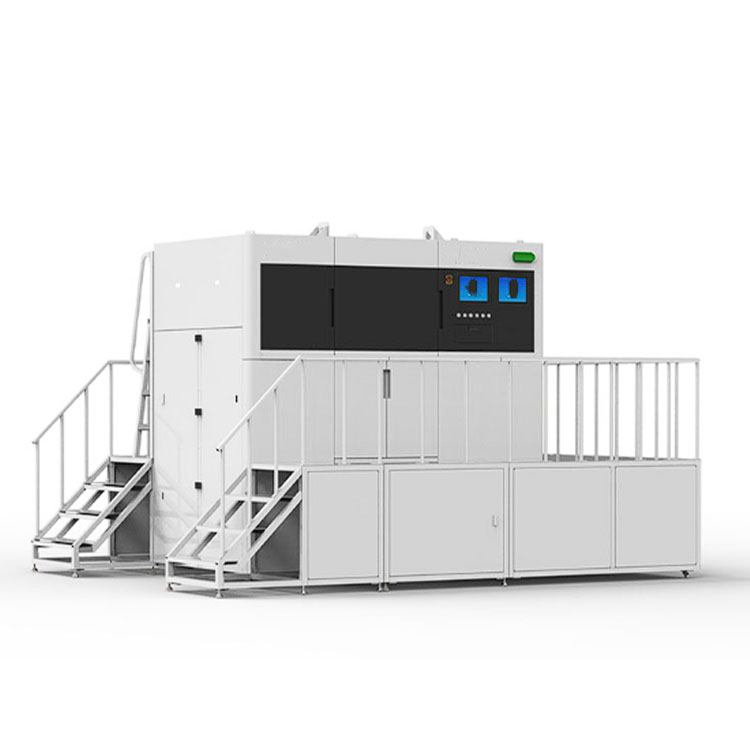 Taisin Metal 3D printer ISLM420DN
Taisin Metal 3D printer ISLM420DN -
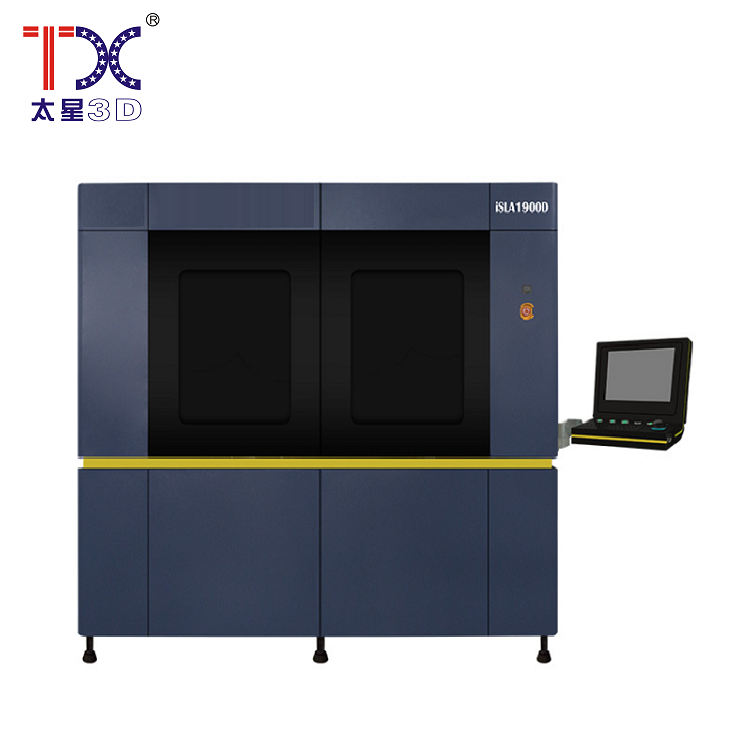 Taisin Light-adoptive 3D printer SLA1900D
Taisin Light-adoptive 3D printer SLA1900D -
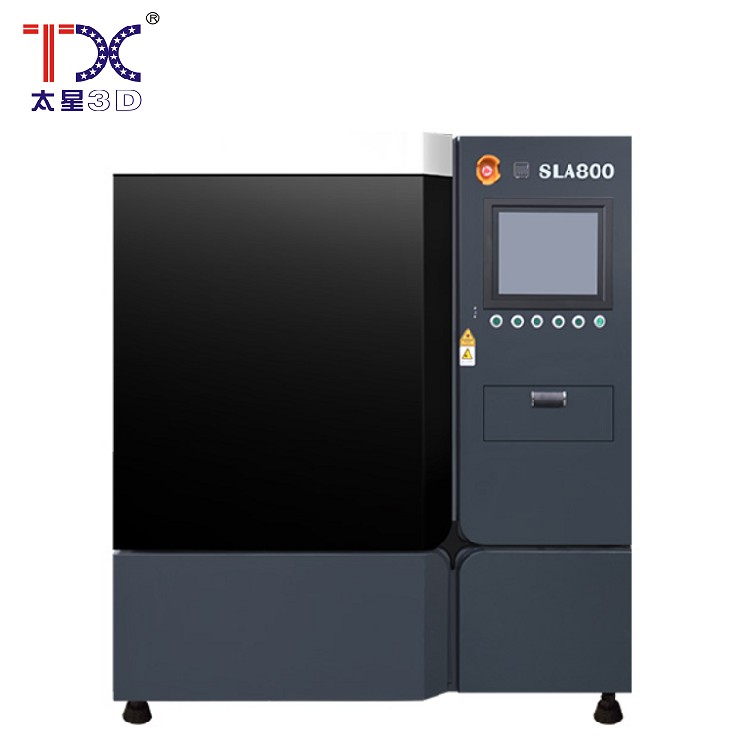 Taisin Light-adoptive 3D printer SLA800
Taisin Light-adoptive 3D printer SLA800 -
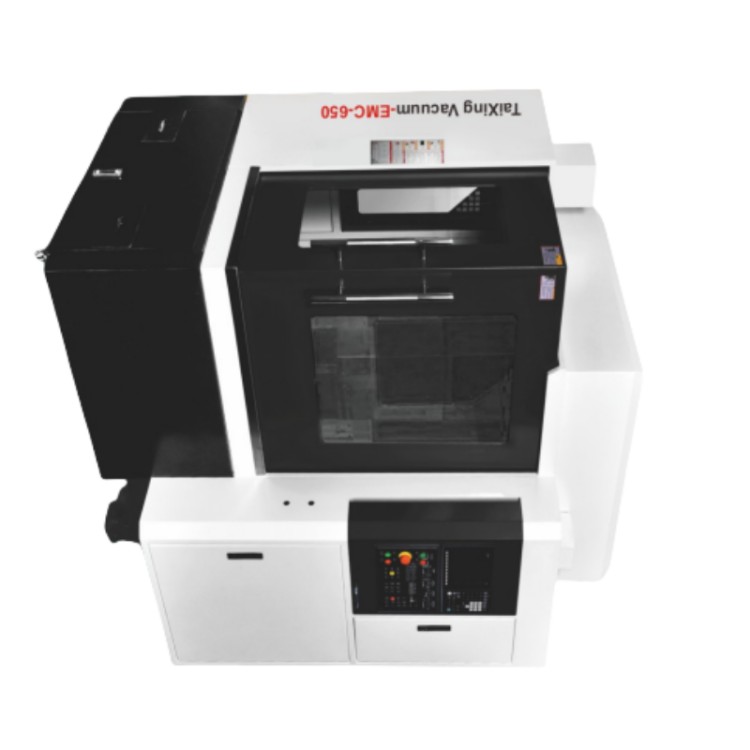 Taisin Gravity-milling machine EMC-650
Taisin Gravity-milling machine EMC-650 -
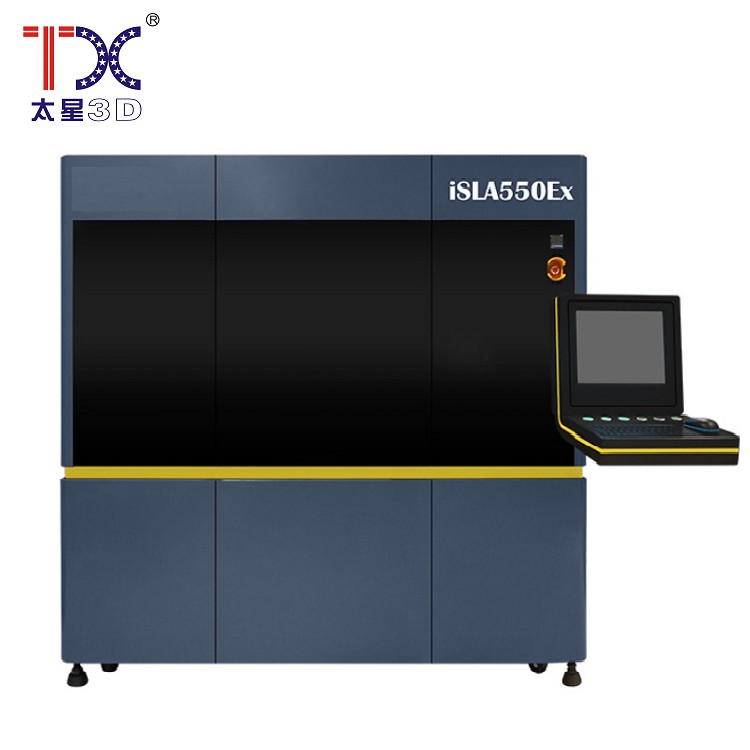 Taisin Light-adoptive 3D printer SLA550EX
Taisin Light-adoptive 3D printer SLA550EX -
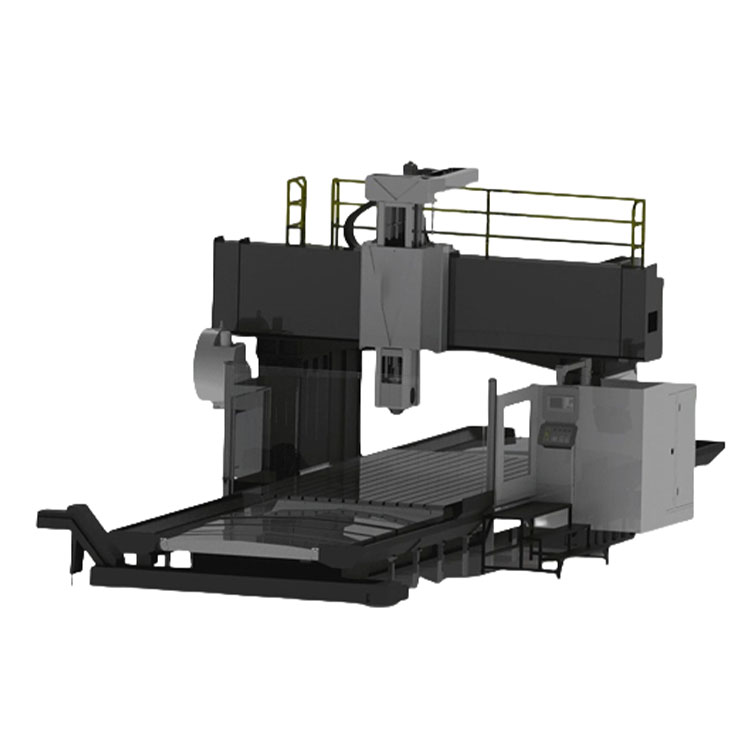 Taisin portal processing center with CNC TXM-9038
Taisin portal processing center with CNC TXM-9038
Connectedsearch
Related search- Cheap suppliers of powder melting technology
- Cheap 3D printing design of plants
- Cheap manufacturers of CNC with XY axis
- CNC machine multi -axis
- OEM factories 5-axial processing centers
- Cheap shafts of CNC machines defined factories
- FDM suppliers of printing (layered modeling) in China
- Cheap 11 axes of machine tool machines
- Cheap DIY 5-axis CNC plant plant
- 3D printing suppliers in China
